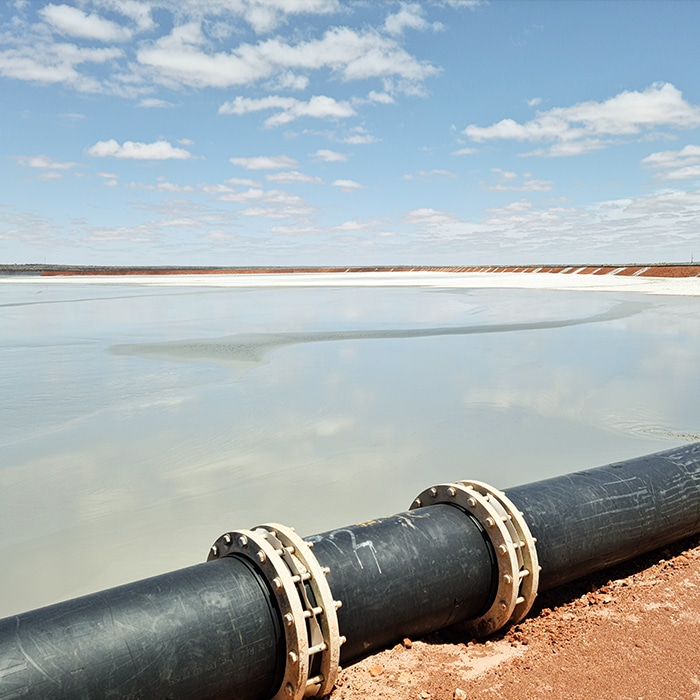GISTM
Global Industry Standard on Tailings Management

GISTM Tailings Management
The GISTM or Global Industry Standard on Tailings Management is a framework for tailings management that gives mining companies guidance on how to operate their facilities in a sustainable way, promoting best practice in operating tailings storage facilities (TSF).
GISTM Requirements

The GISTM outlines 77 requirements for tailings management to achieve the goal of zero harm to people and the environment. These requirements include a robust risk management approach to tailings management that considers site-specific conditions and the potential for impacts on human health, safety, and the environment.
The requirements are aimed towards achieving higher standards for human rights-related requirements; strengthening environmental protection requirements, including paying closer attention to the changing impacts of climate change on mine tailing facilities and to restoration as well as meaningful engagement of project affected people throughout the lifecycle of the mine tailings facility.
STREAMLINING GISTM COMPLIANCE
GDMS software is designed to help you streamline compliance with GISTM and provide a framework for managing your mining tailings facility.
Real Time Analysis
Our software enhances the management of your mine tailings facilities by providing real time analysis of the status of your TSF.
Monitor Compliance
Up to Date Reporting
Allows you to create reports that can be used by internal or external stakeholders.
RESPONSIBLE TAILINGS MANAGEMENT
The requirements of the GISTM are aimed towards achieving higher standards for human rights-related requirements; strengthening environmental protection requirements, including paying closer attention to the changing impacts of climate change on mine tailing facilities and to restoration as well as meaningful engagement of project affected people throughout the lifecycle of the mine tailing facility.
The GISTM sets out a roadmap for creating a governance system for the management of tailing facilities and assigning high level responsibility for the standard’s execution, in direct contact with the Board; applying a structured and robust approach to the risk classification of existing and proposed facilities. Finally, it is intended that information about mining tailing facilities is made available to the public and is transparent to stakeholders.